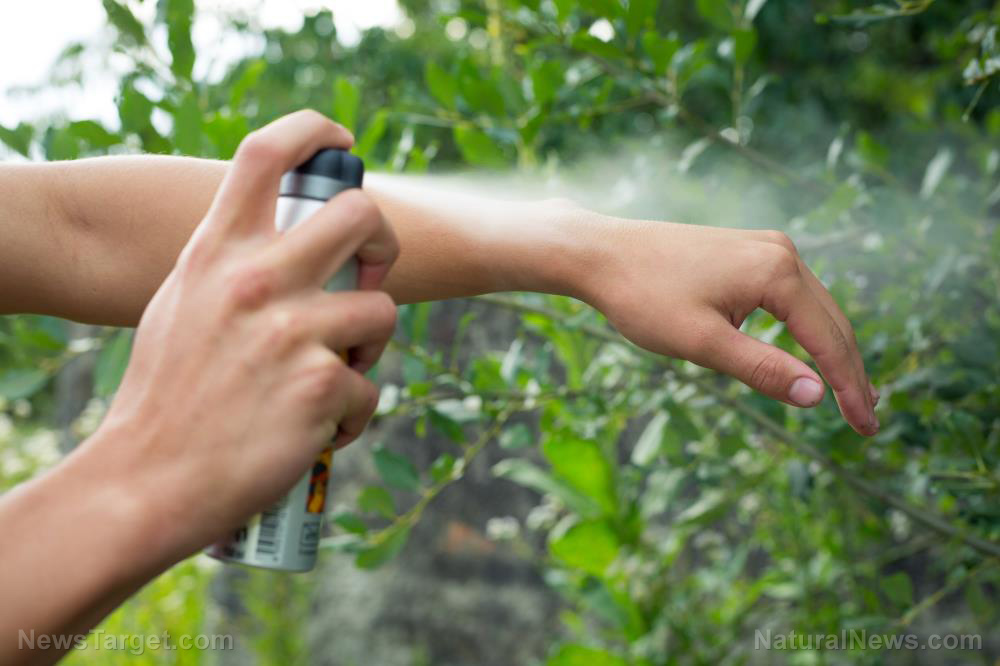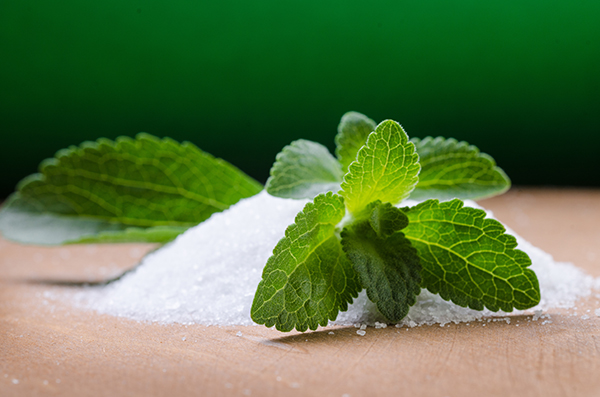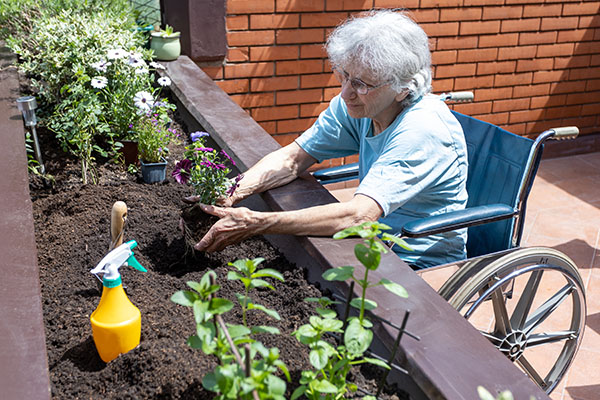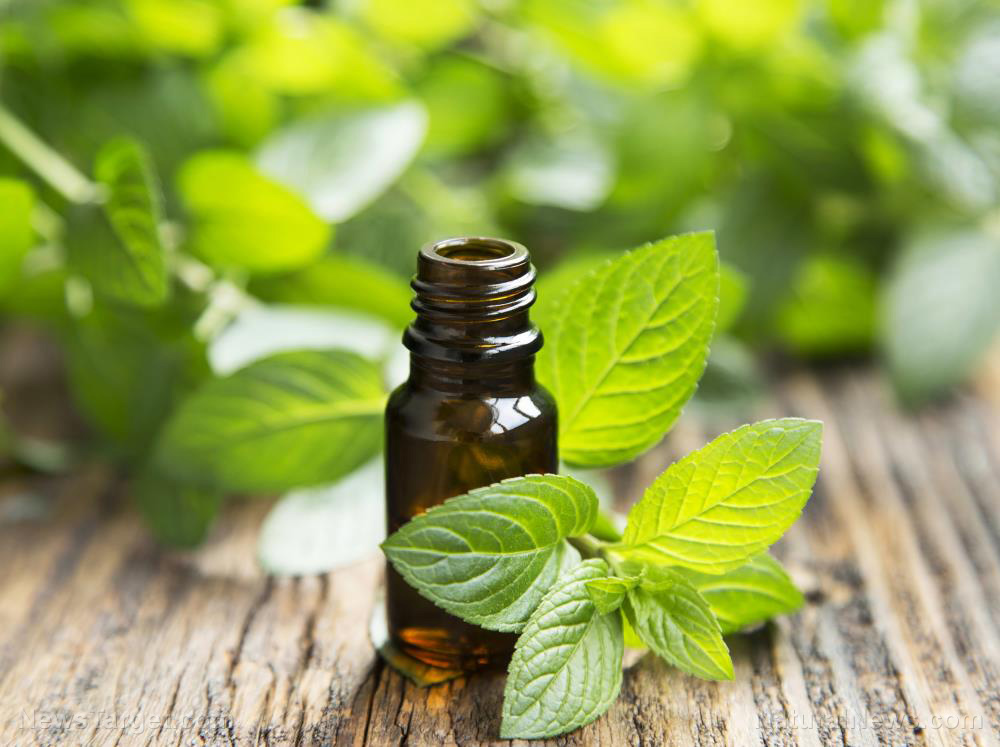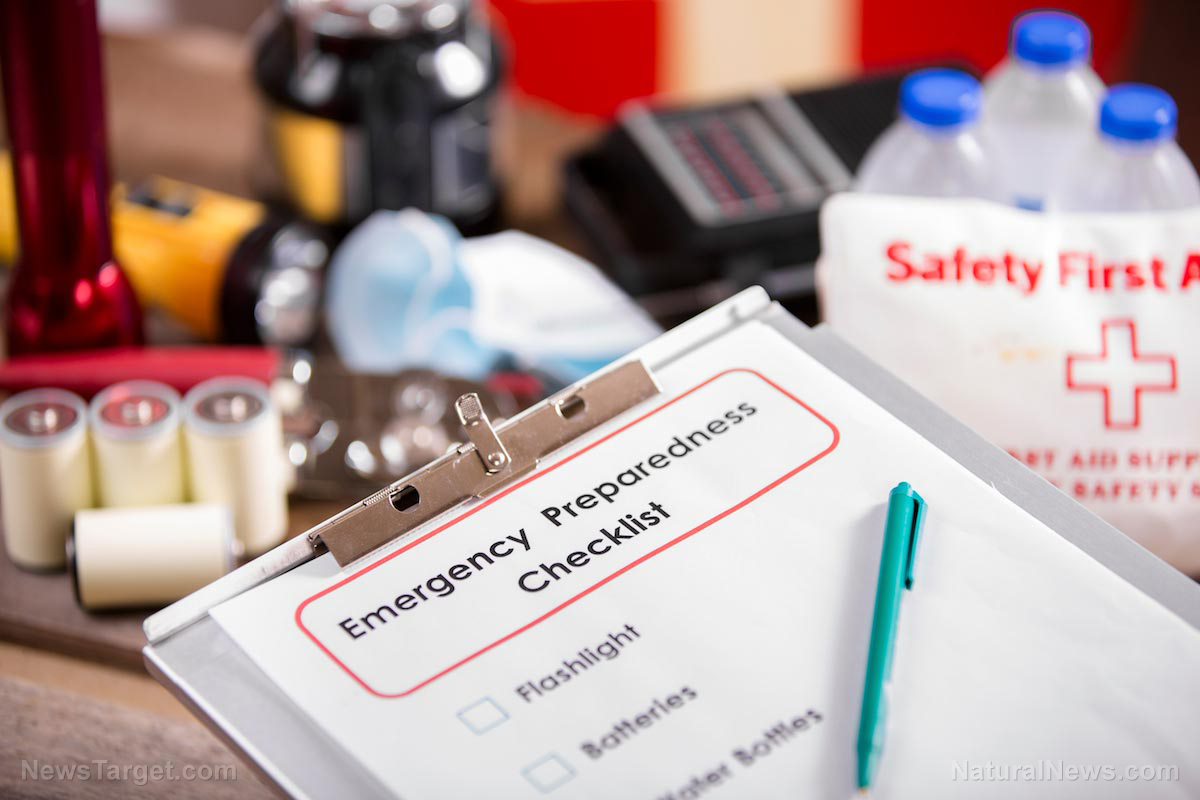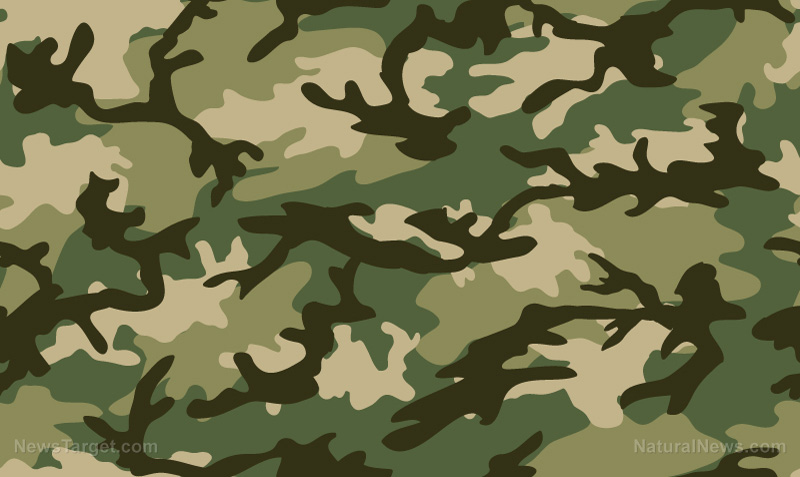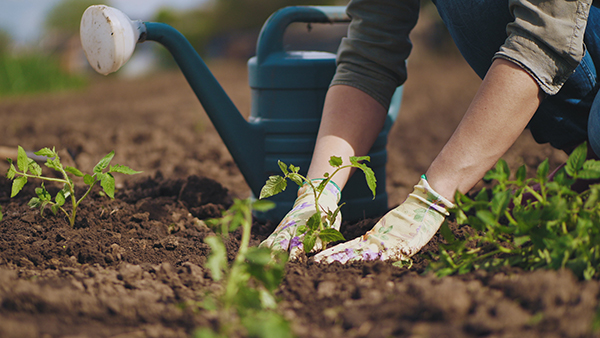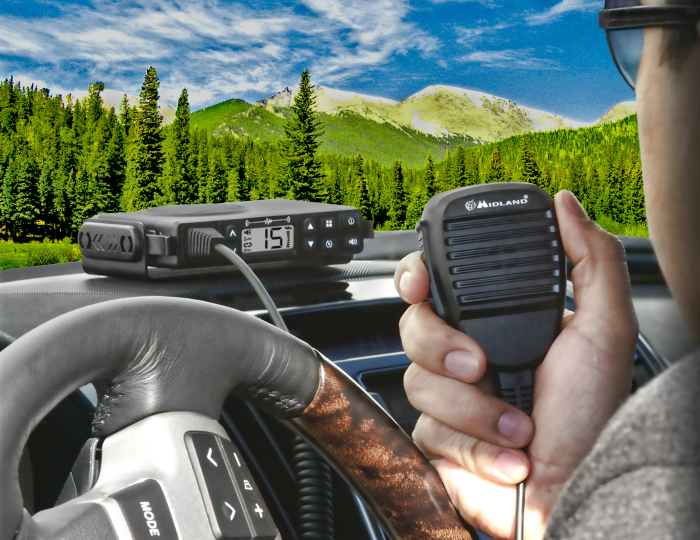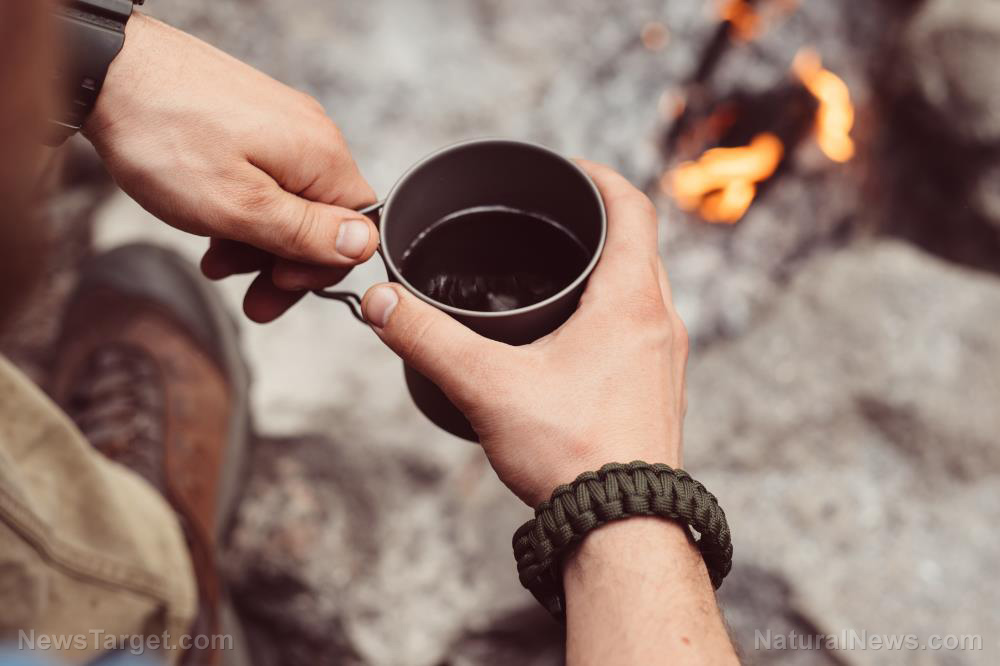Must-have items for sheltering in the wilderness
04/05/2024 / By Olivia Cook
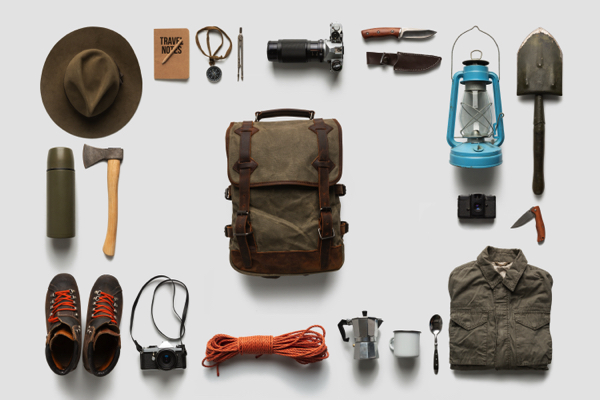
Here is a short list of items you should have in your survival kit when bugging out or camping in the wilderness. (h/t to CampingSurvival.com)
Cutting tools
Choose your survival knives based on tasks they must be able to perform – i.e., building and repair, self-defense, hunting, cooking or wood processing – not just their features. This also applies to axes, multi-tools, saws, shovels and other survival gear.
A good survival knife has to be thin enough to carve well but strong enough to baton with. It also needs to be comfortable in your hand and must have a full-tang blade about four to six inches long. The handle must be ergonomic and made from a material that doesn’t get overly slick or slippery when wet and grimy. Learn the difference between “bushcraft” knives and “survival“ knives. (Related: Health Ranger Report: High-grade corrosion-resistant knives co-designed with Dawson Knives a popular choice among backpackers and preppers.)
Combustion and lighting devices
These include fire-starting implements that will allow you to build a fire for cooking, drying wet things or keeping yourself warm.
Pack at least two different kinds of fire starters in your survival bag, such as a ferro rod and a lighter or waterproof matches. You’d also need some quick-lighting tinder or kindling (e.g., cotton fabric, dry grass, leaves, sticks, etc.) so you can easily get a proper fire going.
Personal lighting, such as flashlights, headlamps and weather-proof torches, are life-saving utilities for navigation (especially when darkness is constant) and other basic tasks, so don’t go cheap on them.
Cover and shelter
This will include items that will help keep your core body temperature to around 98 F, which you can also use as a makeshift cover from the elements (rain, sun, wind, etc.) – a blanket (an emergency blanket, a classic wool blanket and/or a Mylar blanket), a tarp (preferably a 10 by 10 waterproof ripstop nylon tarp with multiple tie-out points) and others.
Garments fall under this category – tops, bottoms, footwear, headgear, etc. Consider – and don’t scrimp – on high-quality sturdy footwear that fits you properly and offers good support when you are loaded with a pack and other gear. Get a pair that is optimized for multi-terrain.– serving the purpose of protection against adversities of the environment, such as stability on slippery ground, temperature and wear from rough ground.
Cordage
These are some of the most important resources you carry with you and should never be without – climbing rope, natural or nylon rope, paracord, string, twine, UHMWPE braided cords. There are endless light- and heavy-duty uses for them. (Related: Prepping essentials: 12 Survival uses for a paracord.)
You can also learn how to make natural rope out of various materials, including the fibers of various wildflowers, the inner fibers of agave or yucca or the sinew of large game animals.
Also throw in a couple of cargo or waterproof duct tape rolls, which have more than a hundred practical uses for survival, including first aid applications.
Cotton bandanas and scarves
A cotton bandana, and larger neckerchiefs, are used for decorative and protective purposes. A scarf can be used in many ways – worn as a perennial accessory or to protect the head from overheating and the lungs from dust inhalation in arid regions. Conversely, in cold weather, wearing a scarf can protect your sensitive facial skin tissue and keep your head, neck and chest warm – preventing heat loss.
Bandanas, neckerchiefs and scarves double as great aids for a variety of first aid applications to water filtration and treatment and work well for signaling.
Map and compass
With a topographic map and compass (assuming you know how to read and use them), you can confidently establish your bearings or location and set a course toward safety. Without these, you may wander in circles or head in the wrong direction. These items don’t rely on batteries or satellites or have screens that break.
Learn how to use a compass and never get lost again. In case you break your compass, you can learn to create your own with sticks.
Throw in signaling essentials in your survival essentials, such as a whistle, a signal mirror or other reflective materials, etc., and learn ways to signal for help.
Water filtration and purification supplies
You can consider portable filters Life Straw Original (which can filter around 40 gallons of water or about two months’ worth of drinking water), Lifestraw Filter Bottles (which will allow you to transport your water) or Life Straw Gravity Filter (a collapsible portable water sack).
For water purification – but without filtration – you need iodine tabs, like the Potable Aqua Plus with neutralizer tabs and/or a portable SteriPen UV wand that doesn’t leave any chemical aftertaste.
Don’t forget your containers – preferably metal (or stainless steel) that would be ideal containers as your drinking vessels and cookware.
First-aid kit
Customize your first aid and trauma kits to contain provisions for minor and severe injuries and illness – a life-saving resource when access to professional medical help or a hospital is limited.
Visit Survival.news for more stories like this.
Watch the following video about the Wilderness survival kit: 10 Essentials you need.
This video is from the Daily Videos channel on Brighteon.com.
More related stories:
UHMWPE braided cord:: An amazing survival tool when SHTF.
Survival basics: 7 Essential skills for modern preppers.
Prepare for common surviving scenarios by stocking up on these lifesaving tools.
Sources include:
Submit a correction >>
Tagged Under:
bugout, combustion, cutting tools, digging tools, emergency medicine, first aid, Gear, lifesaving tools, lighting devices, preparedness, prepper, prepping, purification, survival, survival essentials, survival gear, water filtration, wilderness survival
This article may contain statements that reflect the opinion of the author
RECENT NEWS & ARTICLES
COPYRIGHT © 2017 OFFGRID NEWS



